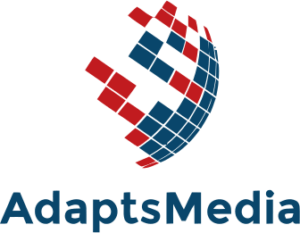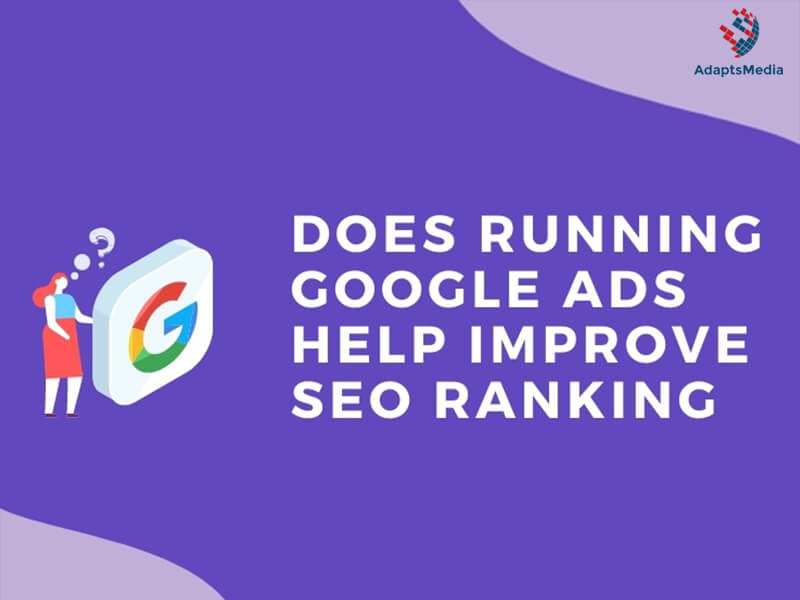Web development refers to the development of a website and the timely maintenance and updating of it to keep it relevant to users. It could be anything from a small blog page to a complex e-commerce platform where you shop.
While web development may be used as an umbrella term, the field is actually made up of several distinct specializations. For businesses, understanding how many types of different web development there are helps them make the right choice aligned with their requirement and bring success.
Types of Web Development
Typically, web development services providers categorize it into three types: front-end web development, backend web development, and full-stack web development. Let’s understand each category:
Front-end Development
Also known as client-side web development, this category involves developing everything that the user sees and interacts with. The primary aim is to create a visually appealing and user-friendly interface that allows users to easily navigate and find what they are searching for.
A front-end developer utilizes a core set of technologies: HTML (HyperText Markup Language) for structure, CSS (Cascading Style Sheets) for styling, and JavaScript for interactivity. They also work with frameworks and libraries like React, Angular, and Vue.js to build complex user interfaces more efficiently.
Let’s understand some common programming languages that are used:
HTML
HTML stands for Hyper Text Markup Language. It is a standard language used to create and structure the content of a website by using tags to define different parts of a webpage. The tags act as an instruction for a browser to understand the structure. For example, it can say; this is a heading or this is an image.
CSS
CSS stands for Cascading Style Sheet. It controls the appearance of the webpage. While HTML is the structure (the bones) of a webpage, CSS is what makes it look good by adding style, colors, fonts, layouts, and more. It basically selects the HTML elements and applies styles to them.
JavaScript
JavaScript adds life to a webpage by adding functionality to websites. It allows developers to add features like animation, buttons, and dynamically update content without requiring the page to reload. For example, when you scroll down Facebook, new posts automatically appear without refreshing the page.
Developers also use frameworks in web development that save them from building a website from scratch by providing a prebuilt structure of code, guidelines, and tools. Here are some of the popular frameworks:
Angular Web Development
This framework is created by Google and is used to build single-page web applications where content updates instantly without a full page reload.
Where is Angular used?
- Online booking systems (flights, hotels)
- E-commerce websites
- Enterprise dashboards
- Web apps like Gmail
Next.js/Nuxt.js Development
Next.js is built on React.js, and Nuxt.js is built on Vue.js. Both support Server-side Rendering (SSR) and Static Site Generation (SSG), making fast website loading and SEO-friendly development.
Where is Next.js used?
- Marketing sites
- Fast loading product pages
Where is Nuxt.js used?
- News sites
- Single-page applications with SEO needs
Backend Development
If the front-end is what you see, the backend is the powerful machinery working behind the scenes. Backend development, or server-side development, involves managing the server, application, and database that power the website. These developers ensure that data is stored securely, managed effectively, and delivered to the front-end smoothly.
Backend developers work with programming languages such as PHP, Laravel, and Node.js. Let’s understand them briefly.
PHP Web Development
PHP code runs on a server and handles tasks such as storing user data, processing forms, or displaying dynamic content (like your Facebook feed).
Larawel Web Development
Laravel is a framework built on PHP. A framework is like a set of pre-made tools and rules to make coding easier and faster. It helps developers maintain how data is used and maintained on the website. Larawel follows the model-view-controller (MVC) approach, which means when a user interacts with the web page, the relevant data is retrieved and displayed.
Node.js Web Development
Node.js is a runtime environment that lets you run JavaScript (a programming language) on the server, not just in the browser. It’s great for building fast, real-time applications like chat apps or live notifications because it can handle many tasks at once without slowing down.
Full-Stack Development
A full-stack developer is a versatile professional with expertise in both front-end and back-end development. They usually have a comprehensive understanding of the entire web design and development service, from the user interface to the server and database. This allows them to oversee a project from start to finish or jump between client-side and server-side tasks as needed. Their broad skill set makes them incredibly valuable, especially in smaller teams or for complex projects.
Final Thoughts
In a world where everything is going digital, having a website plays a crucial role in providing a platform to display your products or services, or simply letting the world know that you exist. Being such an essential component of just any business, taking its development process lightly is a mistake. Even if a business has had a website for years, failing to upgrade with time can be damaging too, which is why partnering with a web development company in Abu Dhabi can help ensure your online presence stays modern, functional, and competitive.
Wondering how to streamline your website development and maintenance journey? At Adapts Media, the best web development company in Dubai and Abu Dhabi, our team of professionals can build a website from scratch or guide you in transitioning to an upgraded version, perfectly aligned with your target audience. Reach out to our team today!
FAQs
Do I need a website if I already have social media pages?
Yes, a website gives you full control, credibility, and better SEO visibility, unlike social media platforms, where you rely on algorithms.
How long does it take to build a website?
It depends on complexity. Simple sites may take 1–2 weeks, while large custom websites can take a few months.
What is responsive web design?
It means a website adapts to all screen sizes (desktop, tablet, mobile) for a smooth user experience.
What is the difference between a static and a dynamic website?
Static sites display fixed content, whereas dynamic sites allow for interaction with the content. For example, filling a form.
How important is website speed?
Faster websites are very important because they improve user experience, reduce bounce rates, and rank higher in Google search.
Don’t miss out on the opportunity to gain a competitive edge. Contact our team for expert assistance.




